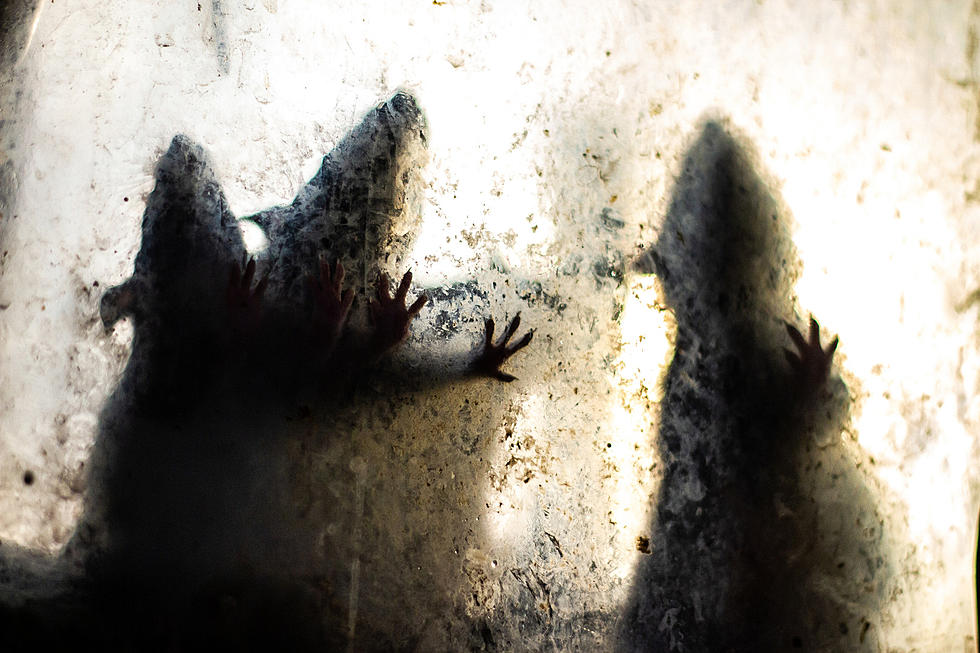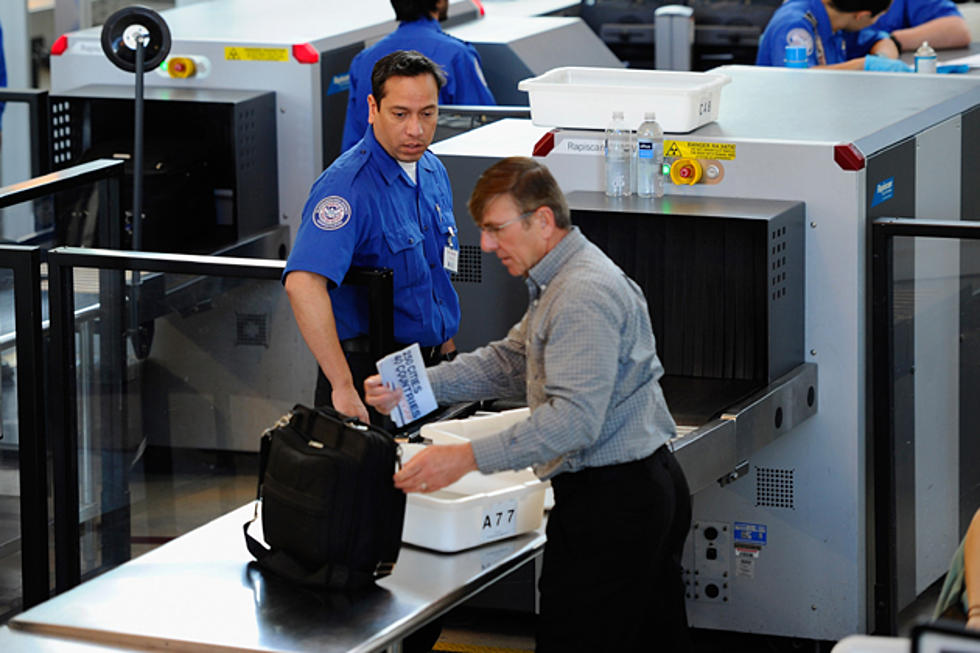
Some of Louisiana’s Most Popular Easter Gifts Can Be Toxic to Your Dog
LAFAYETTE, La. (KPEL News) - Here in south Louisiana, we've made it to Holy Week, and Easter is just around the corner. A lot of parents are scrambling to get Easter basket items for their kids, because who doesn't want to wake up to chocolate bunnies and neon-colored plastic grass?
Easter baskets are a classic tradition, with a lot of history behind them. However, while parents and kids alike love them, if your family includes pets, you need to watch out.
These baskets make for a colorful and exciting holiday for families - especially children. Stuffing their faces with chocolate and other candy is an unofficial part of the holiday, right after family gatherings, church, and meals together.
We love dogs, and we love people who love dogs. And we definitely don't want to see them at risk this Easter. It's widely known that chocolate, an absolute favorite this time of year, is bad for dogs, but that's not the only Easter basket regular that can be toxic to your pets.
There are loads of seasonal treats and decorations that aren't just bad for dogs. They can be downright fatal.
Chocolate
This is one that probably every dog owner knows, but do you know why chocolate is so bad? As it turns out, it can have a lot of negative side effects, including:
- Vomiting
- Diarrhea
- Tremors
- Accelerated heart rate
- Restlessness
Chocolate contains two chemicals that are unsafe for dogs: caffeine and theobromine. Because of their effects on dogs, any amount of chocolate could result in a major health risk. It's so dangerous, that PetMD has a chocolate toxicity meter so you can better understand just how much chocolate it would take to be extremely dangerous.
Jelly Beans
The other problem with chocolate is one you also see with jelly beans: Sugar. While the ingredient itself isn't toxic like chocolate is, it can play a big role in health problems for dogs. Sugar isn’t harmful to our dogs in small quantities, so if your dog eats one or two jelly beans or some other gummy treat every once and a while, it's probably not going to do a whole lot of damage.
However, in small dogs (and puppies), it’s more likely to cause an upset stomach or gastroenteritis. As Rover.com mentions, "Sugar is osmotically active, which means that water is attracted to it. That means sugar will pull water across a semi-permeable membrane, such as those inside animal cells."
If your dog can’t drink enough water to balance what the sugar has pulled from its cells, it can end up with an electrolyte imbalance, Rover.com explains, and that requires vet care and can be fatal.
Xylitol
A lot of sugar-free candy contains an ingredient called "xylitol," which can also be extremely toxic for your fur babies. As the website Rover.com explains:
The main danger in xylitol is how it interacts with your dog’s digestive system. It’s absorbed very quickly into their bloodstream which triggers their pancreas to release a large amount of insulin. This results in low blood sugar, or hypoglycemia. This can result in death if untreated and can happen anywhere from 10 to 60 minutes after ingestion.
Any amount of xylitol isn’t good for your dog, but the common agreed-upon toxic amount is 50 milligrams of xylitol per pound of body weight. This means that for a sugar-free gum that contains 1 gram of xylitol per piece, only 2 pieces could cause severe hypoglycemia in a 45-pound dog, with 10 pieces potentially resulting in liver failure.
Symptoms of xylitol ingestion include the following:
- Lethargy
- Vomiting
- Weakness
- Tremors
- Seizures
Easter Grass
It isn't just candy that's a problem, though! Certain types of that colorful Easter grass we put in baskets can also be very harmful to pets. Paper grass isn't so much of a concern, but plastic grass can definitely be harmful if swallowed.
In a report from the ASPCA, pets "cannot absorb plastic Easter grass into their bodies, which means that it can become lodged in the gastrointestinal tract and wreak havoc if consumed. Signs for concern include vomiting, diarrhea, decrease in appetite, lethargy and stomach pain."
Flowers and Plants
Easter is also a time for spring flowers, and lilies and other plants that blossom in the spring are major sources of problems for dogs.
"All spring bulbs and often what grows out of them are poisonous to pets. Dogs are most likely to be affected as they can be curious when in the garden and root them up, especially when freshly planted in autumn or coming into flower in spring," one expert told Country Living.
If you're not sure what in your garden could be toxic to dogs, the ASPCA has a full list of plants for you to double-check.
You Can Still Give Your Pet an Easter Basket
There's no rule against getting your dog a basket for Easter. Just make sure that their treats are safe for them. There are sweets that are still good for dogs, and other treats they'll enjoy. And, if all else fails, there are more than enough toys to fill their baskets.
Happy Easter!
The best-selling Easter candies in America - Ranked
Gallery Credit: Mike Brant
Jelly bean vs marchmallow chick - See where each Easter staple is most popular
Gallery Credit: Mike Brant
More From 97.3 The Dawg









